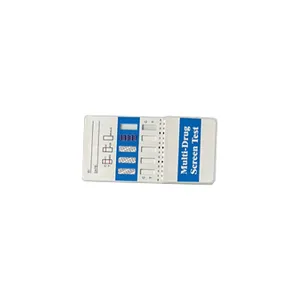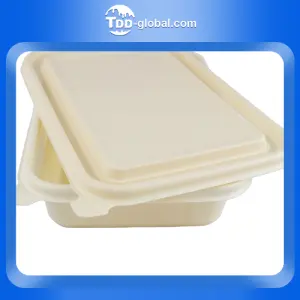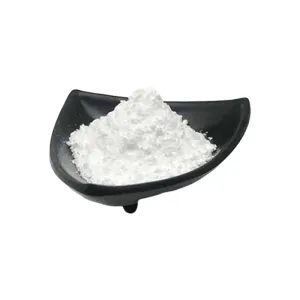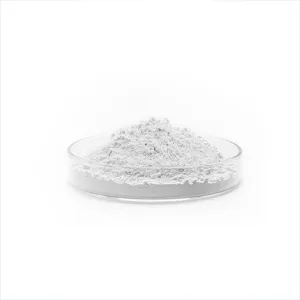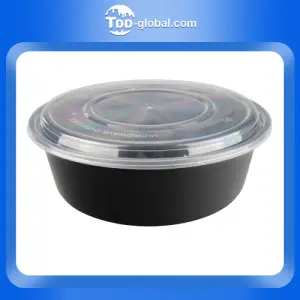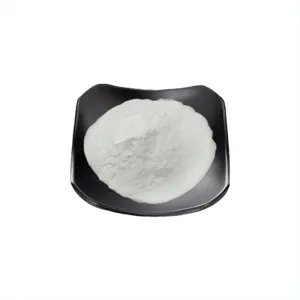Chlor-alkali 2022 wrap-up: In answer to your question…
While June’s Chlor-Alkali in 2022 virtual event highlighted the looming global caustic soda shortage and explored the impact of China’s zero-covid measures on this key industry sector, the questions raised by industry participants are telling.
In our final wrap-up of the event, we’re sharing presenter insights on questions posed by the delegate audience. Answering is Tecnon OrbiChem’s Asia-based senior consultant chlor-alkali & vinyls Carol Li alongside our Europe-based consultant for caustic soda, chlorine & derivatives Hira Saeed. Jonathan Chou, markets editor, is from ICIS.
Have a read through and let us know what our expert team should be considering for next year’s in person event at in Singapore on June 14 & 15, 2023.
Are you looking at a shift in production of chlor-alkali and PVC from China and Europe towards the Middle East countries due to the low energy cost and also because of high freight rates?
Hira Saeed: With uncertainty around transportation and freight rates really high, participants do not want to wait so long for imports coming in they’d rather get some domestic product. However, Qatar-based petrochemicals solution provider QVC – which is part owned by TotalEnergies France – is increasing its suspension PVC capacity by 350 ktpa. QVC’s technique produces the polymer from vinyl chloride monomer and its new project is due for completion in 2025.
The resolution of transportation issues is key to instilling confidence in import strategies as opposed to the domestic product sourcing favoured in the current climate
With inflation now running at around 10% in Europe and the US, has inflation had an impact on chlor-alkali markets in China? Is it a factor? And secondly, is the demand slowdown really due to the lockdown?

Carol Li: China’s inflation is not so severe as in Europe and the US. The demand slowdown is caused by Covid and the lockdowns, and the lower GDP growth rate. Even after lockdowns largely ended, demand recovery has been slow in weak demand season. The country’s GDP growth rate reached 8.1% in 2021 but the planned GDP growth rate for 2022 is just 5.5%.
What is the current near-term outlook for PVC in the APAC region?
Jonathan Chou: APAC’s near-term outlook seems to be bearish rather than bullish right now. One major northeast Asian producer’s July offers dropped around $90 compared to the prior month. And Southeast Asian buyers, it seems, are looking within, or closer to their respective markets like Vietnam, Malaysia or Singapore.
They may not be looking to purchase from too far-flung regions, not even from China. Buyers prefer the regional producers, for example, there are a few fairly substantial regional producers in Indonesia. Buying seems to be on an as needed basis and from producers of proximity.
Since the Chinese lockdowns, demand in China and Southeast Asia has hardly recovered, even after the easing in the restrictions. Do you see any positive sentiments or outlook for this market? Are you seeing any positive developments?
Carol Li: The fact that demand from the paper industry, the chemical industry and emerging industries is more likely to increase is a positive factor the caustic soda market. The high energy cost and weak vinyls markets will support high caustic soda prices levels this year.
Are we seeing lower prices in Southeast Asia for the coming months?
Carol Li: In June this year, the caustic soda prices in Southeast Asia dropped because of increased supply from China and Northeast Asia. That will go on in the short term because of the weak demand season in China during the summer season. The turnaround season has closed and the operating rates of Chinese caustic soda producers are currently at high levels. Caustic soda prices in Southeast Asia maybe won’t drop very rapidly because of the high energy costs and bearish vinyls markets, which are supporting the market.
What do you expect regarding development of drivers for global operating rates? What influences will affect global operating rates?
Jonathan Chou: In the chlor-alkali industry, chlorine and caustic soda have different end uses. One thing we must see is GDP growth because it’s so interlinked with those related markets – construction sector, infrastructure sector and real estate. If there’s an improvement that’s really good for PVC. It is also good for caustic soda because a large percentage goes into aluminium and packaging, paper production and so on. So, in my opinion the current signs are quite bearish, or pointing to recession fears, investment is quite cautious.
What impact will high energy costs have on caustic soda supply and demand in Europe – and other parts of the world?
Hira Saeed: In Europe and the US, the next couple of quarters will be important for operating rates of chlor-alkali plants. If we do see a further decline in Europe for PVC or chlorine demand, we are going to see a reduction of operating rates. It will depend very heavily on what we see in Q3, and on inflation and interest rates.
*Since the June chlor-alkali conference, Europe has indeed seen a cutback of chlor-alkali operating rates due to weaker demand in chlorine derivatives, which has tightened caustic soda availability substantially.
And as for energy prices in Europe, what effect have they had on the caustic soda supply and demand?
Hira Saeed: In March, there were minor reductions in operating rates for 1-2 weeks. Since then, production has increased, so there was not much impact on the production side.

There have been several production issues that we have seen, but those are mostly unrelated to energy costs. On the export market, it’s had quite a significant effect on prices as cost of production is very high, so export prices are not very competitive and we haven’t really seen very much export activity these past months. Now we’re beginning to see a little bit of it picking up. On the demand side, it hasn’t really been impacted so much we haven’t really seen a noticeable cut in demand because of the high prices which is quite surprising. But when you look at the end use sectors, caustic soda is often just a very small part of their production costs.
We saw some reduction in some sectors in more Central Eastern Europe for a period. An aluminium producer stopped production for a few months [perhaps]. And a couple of other very small buyers stopped but it has not had very much effect on demand.
*As of late August, there has been some cutback in demand for caustic soda, but this has not been due to high caustic soda costs. Much of the cutback is due to high energy costs affecting buyers of caustic soda, or supply chain issues.
How much capacity of caustic soda in China was shutdown due to Covid related lockdowns?
Carol Li: Chinese chlor-alkali producers cut down operating rates during lockdowns against Covid due to transportation problems and weaker demand. In mid-March, producers’ caustic soda operating rates were around 80%. But in April, they dropped to 76% to 77% because of lockdown. Operating rates returned to 80% in May 2022.
What are the burning questions our consultants should consider and present on during next year’s event? Email us at info@orbichem.com so we can be sure our insight dovetails the industry’s needs.
This blog post is inspired by the roundtable Q&A discussion held during June’s Chlor-alkali in 2022 webinar event, which Tecnon OrbiChem co-organised with partner ICIS.
Recommended Suppliers
 September 23, 2024
September 23, 2024  June 3, 2024
June 3, 2024  June 3, 2024
June 3, 2024  June 17, 2024
June 17, 2024  June 18, 2024
June 18, 2024 
